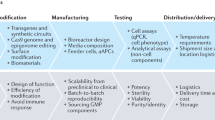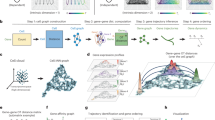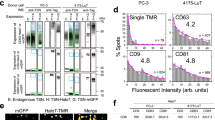Abstract
Most in vivo gene therapies will require cell-specific targeting. Although vector targeting through ligand attachment has met with success in generating gene delivery particles that are capable of specific cellular interactions, little attention has been given to the possible effects of such ligands on subsequent intracellular processing. In this study, we examine the impact of targeting two distinct endocytic routes-the caveolar and clathrin pathways-on polyethylenimine-mediated gene delivery in HeLa cells. Targeting complexes to the caveolar pathway with folic acid and the clathrin pathway with transferrin yields enhanced gene delivery relative to unmodified polyethylenimine. Colocalization studies with caveolin-1 and clathrin heavy chain indicate that the ligands successfully deliver their cargo to the intended pathways. However, inhibition of only the caveolar pathway-whether through the use of small molecule drugs or RNA interference-reduces gene delivery efficiency, suggesting that successful polyethylenimine-mediated gene delivery proceeds via a caveolar pathway in HeLa cells. Transfections in the presence of chloroquine and pH tracking studies suggest that a contributing factor to the success of the caveolar pathway is avoidance of lysosomes. Collectively, these data demonstrate that uptake mechanism and subsequent endocytic processing are important design parameters for gene delivery materials.
Similar content being viewed by others
Article PDF
Author information
Authors and Affiliations
Corresponding author
Rights and permissions
About this article
Cite this article
Gabrielson, N., Pack, D. Efficient polyethylenimine-mediated gene delivery proceeds via a caveolar pathway in HeLa cells.. Nat Prec (2008). https://doi.org/10.1038/npre.2008.2262.1
Received:
Accepted:
Published:
DOI: https://doi.org/10.1038/npre.2008.2262.1



